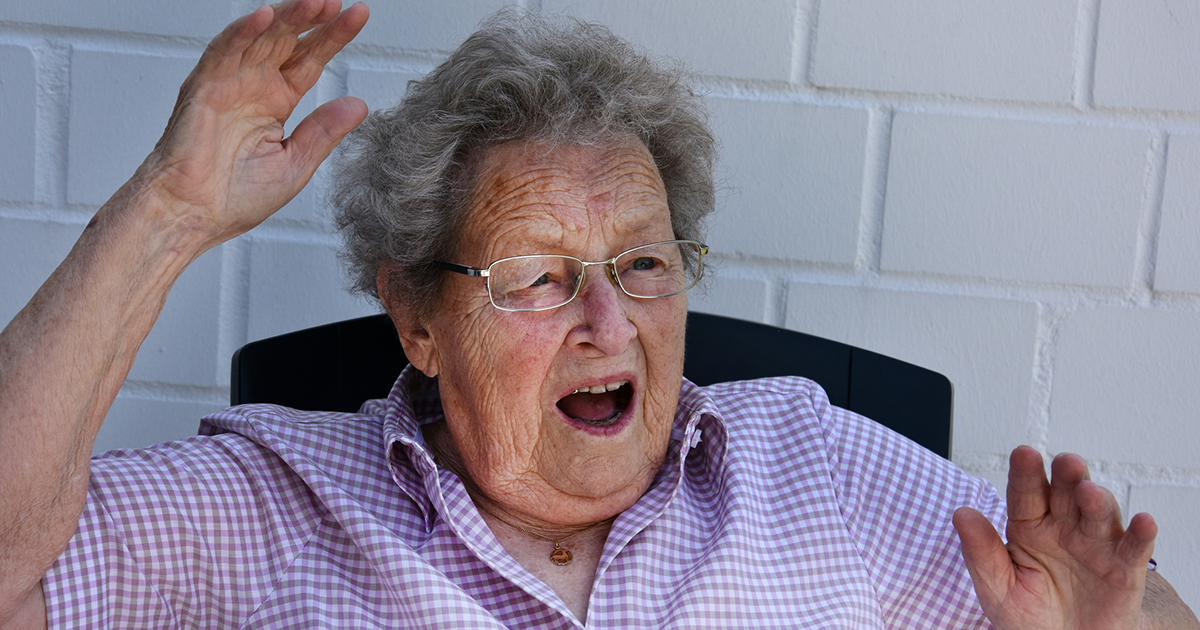Signs Of Lewy Body Dementia
Lewy body dementia is a medical condition that causes abnormal deposits of alpha-synuclein, Lewy bodies, in the brain. These protein deposits have an adverse reaction on the brain and create problems with thinking, movement, behavior, and mood. The protein deposits are one of the leading causes of dementia. The symptoms of Lewy body dementia are difficult to diagnose because it is similar to other brain conditions. This brain disease simulates Alzheimer’s and schizophrenia symptoms and can be found among other brain disorders. Individuals can be diagnosed with dementia with Lewy bodies and Parkinson’s disease with dementia. There are more than one million individuals in the United States diagnosed with Lewy body dementia. Symptoms typically begin in those aged fifty and over and may affect younger individuals.
Hallucinations

A hallucination is a vision that is not there. During a hallucination, individuals can also smell things and hear voices. When individuals hear voices, they can be inside or outside their head. These voices are called an auditory hallucination, and they can be talking to the affected individual or each other. A visual hallucination can be frightening and may include patients seeing bugs crawling on them or someone else.
Individuals can also have olfactory hallucinations and smell things that are not there. Some have gustatory hallucinations that interfere with the ability to taste what they are eating. A tactile hallucination makes individuals feel things crawling on their skin. The protein deposits that form on the brain due to Lewy body disease cause hallucinations.
Of course, hallucinating is not the only symptom of this condition. Keep reading to learn more signs, including how these deposits can also bring on movement disorders and the poor regulation of body functions.
Issues With Movement

Since Lewy bodies affect the chemicals in the brain, patients have issues with movement. The cerebellum is in the back of the brain and controls balance and coordination. It allows muscles to move together when performing physical activities, including walking, playing sports, or riding a bicycle.
When a disease alters the primary motor cortex, the body cannot regulate motor functions. This area of the brain controls the neural impulses and synapses that manage movement. The signals created here travel through the body to trigger skeletal muscles on opposite sides of the body. The left hemisphere controls the right side of the body, and the right hemisphere handles the left side.
The secondary motor cortices include the parietal cortex, premotor cortex, and the supplementary motor area. These areas of the brain handle spatial and sensory guidance of movement. Lewy bodies interfere with the synapses in the patient's brain and muscles, making it difficult for them to control their hands and fingers. As a result, patients lose the basic ability to steer their hand and lack the coordination needed to pick up a glass.
